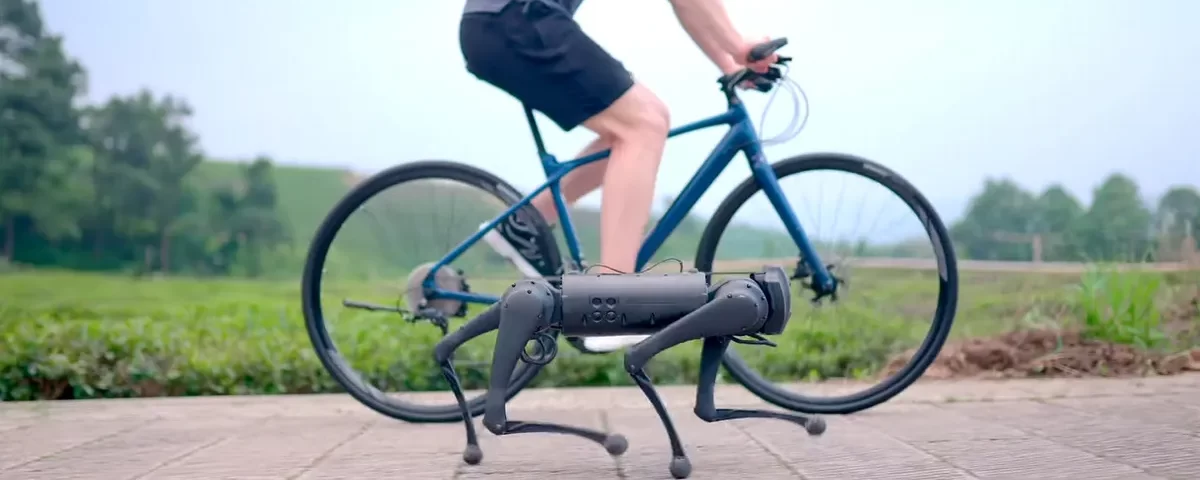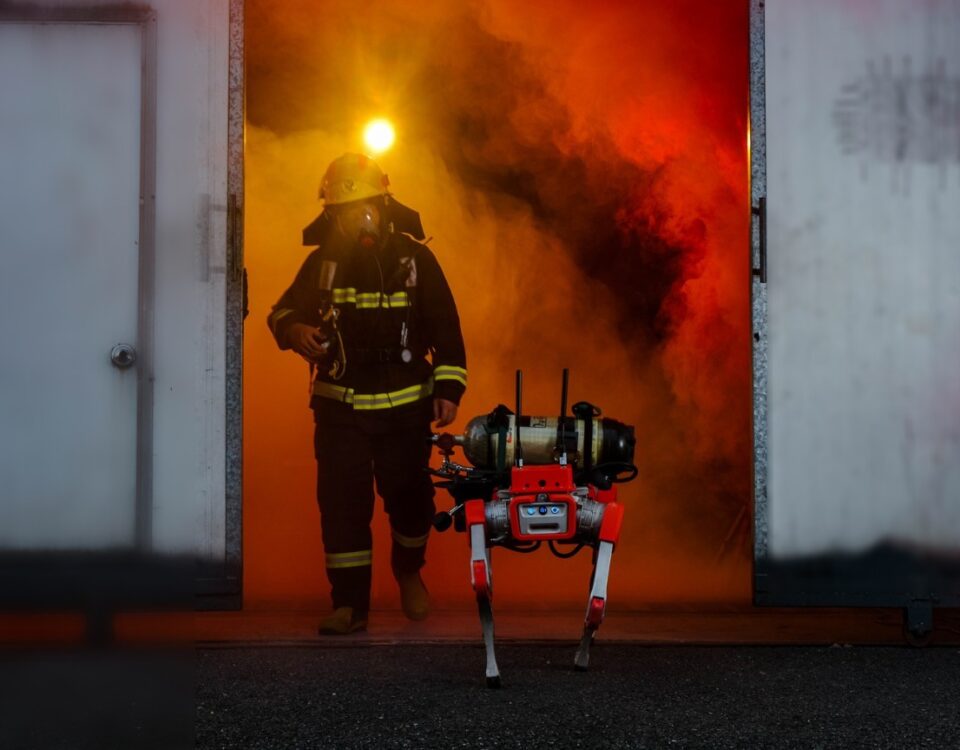
Ameka is the future face of robotics
August 15, 2022
Mark Reibert on the Boston Dynamics Institute for Artificial Intelligence
August 28, 2022In 2017, we first wrote about Chinese startup Unitree Robotics, which aimed to "make pawable robots as popular and affordable as smartphones and drones." Compared to the cost of other four-legged robots (like Boston Dynamics' $74,000 Spot ), Unitree's four-legged robots are very affordable, as their A1 cost less than $10,000 when it became available in 2020. It hasn't quite reached the level of consumer electronics that Unitree is. striving, but they just got a lot closer: now available is the Unitree Go1, a pretty decent looking small four-legged that can be yours for an unbelievably low $2,700.
It's not bad, right? Fast, beautiful gait, robust and a great combination of autonomous human following and obstacle avoidance. As with any product video, it's important to take everything you see here with a certain grain of salt, but based on Unitree's track record, we don't have much reason to suspect there's much fraud in the video.
There are three versions of the Go1: the base model Go1 Air for $2,700, the Go1 for $3,500, and the Go1 Edu for $8,500. This seems to be a sort of Goldilocks pricing model, where most people are likely to favor the mid-range version of the Go1, which includes better sensors and computing, as well as 50% more battery life and additional m/s speed (up to 3.5). m/s) for a moderate cost premium. The top-of-the-line Edu model offers top-of-the-line computing, 2 kg more payload (up to 5 kg), and foot force sensors, lidar, hardware expansion interface and API access. More detailed specifications are given here, although if you are really interested in detailed job specifications, what you now find on Unitree's website is likely to be somewhat disappointing.
We contacted Unitree to ask them about some specifications that are not directly listed on the website. Battery life is a big issue. The video seems to indicate that the Go1 is capable of running a 20-minute jog for three kilometers and then grocery shopping and picnicking, avoiding obstacles and following people and sometimes with a payload. If all this is without any battery replacements, it's pretty good. We're also curious about what exactly a "Supersensory System" is, what kinds of tracking, obstacle avoidance, and mapping skills the Go1 has, and exactly what features you'll need for the more refined (and expensive) versions. Go1 to enjoy.
But honestly, we're not sure what Unitree can realistically tell us about Go1 when we'd say, "Hmm, okay, maybe it's not such a great deal after all." Of course, the real test will be when some people who aren't Unitree members get their hands on the Go1 to see what it's actually capable of, but even at $3,500 for a mid-range model it looks like an impressively economical little robot.
Update: We have contacted Unitree for more information and they have also updated the Go1 website to include the following:
- The robot has an autonomous running time of about 1 hour while running
- Weighs 12 pounds.
- The Super Sensory System includes five wide-angle stereo depth cameras, hypersonic distance sensors and an integrated data processing system.
- It runs on a 16-core CPU and a 1.5 tflop GPU
We also asked Wang Xingxing, CEO of Unitree, about how they were able to make Go1 so affordable, and here's what he told us:
Unitree Go1 can be seen as a product that we achieved after 6-7 years of iterating at the hardware level just to achieve the goals of ultra-low cost, high reliability and high performance. Our company actually spent more manpower and money than software on hardware such as machines.



